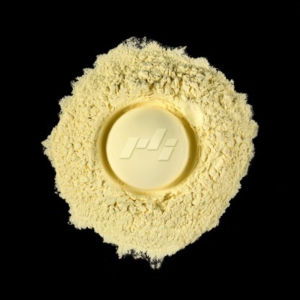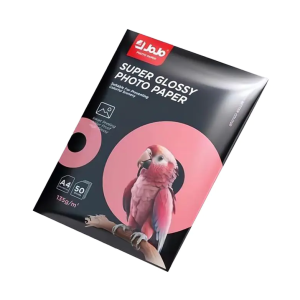As solar energy systems become more prevalent, people often wonder about the components that make these systems work reliably over time. One element that draws interest is the housing and structural parts within the photovoltaic inverter, which converts solar DC power to usable AC power. This brings us to Photovoltaic Inverter Aluminum Die Casting Parts. A natural question is why aluminum is a common material choice. Aluminum offers a combination of durability and light weight, which is useful for both stationary equipment and the overall system structure.
The production process of these components also garners attention. How are such parts made? The die casting method involves injecting molten aluminum into precision molds under pressure. This process allows for the creation of complex shapes with good dimensional consistency. For the heat sinks and enclosures needed in photovoltaic inverters, this manufacturing approach helps produce parts with the required details. The ability to create these specific forms is why Photovoltaic Inverter Aluminum Die Casting Parts are frequently specified.
Another consideration is how these parts perform in real-world conditions. Photovoltaic inverters are often installed outdoors and exposed to varying weather. Aluminum naturally resists corrosion, which helps protect the internal electronics. Additionally, aluminum's thermal conductivity is valuable for heat management. The Photovoltaic Inverter Aluminum Die Casting Parts that form heat sinks help draw heat away from sensitive electronic components, which may support sustained performance.
Maintenance and longevity are also points of interest. While aluminum is durable, basic care can contribute to its service life. Keeping the parts free of excessive dust and debris allows for better heat dissipation. Periodic visual checks for any significant damage are also suggested. These simple steps can be part of ensuring that the Photovoltaic Inverter Aluminum Die Casting Parts continue to function as intended. When selecting these components, manufacturers consider how the material and production method align with the demands of solar applications. The use of Photovoltaic Inverter Aluminum Die Casting Parts represents a connection between material properties and the functional requirements of renewable energy technology.



